The human gut is a complex ecosystem teeming with trillions of microorganisms that play a pivotal role in overall health. Among these microscopic inhabitants, probiotics stand out as the beneficial bacteria that can transform digestive wellness. These live microorganisms, when consumed in adequate amounts, confer a health benefit to the host. The growing body of research on gut microbiota has elevated probiotics from a niche health topic to a mainstream wellness essential.
Understanding Probiotics and Their Mechanisms
Probiotics are not a modern discovery. Fermented foods rich in these microorganisms have been part of traditional diets across cultures for centuries. What modern science has revealed is how these bacteria interact with our gut lining and existing microbiome. They compete with harmful pathogens for resources, produce antimicrobial compounds, and modulate the immune system. Certain strains can even influence neurotransmitter production, earning the gut its reputation as the "second brain."
The most well-researched probiotic strains belong to the Lactobacillus and Bifidobacterium genera, each with unique properties. For instance, Lactobacillus rhamnosus GG has shown particular efficacy in managing traveler's diarrhea, while Bifidobacterium longum may help alleviate symptoms of irritable bowel syndrome. The strain specificity matters greatly—a fact often overlooked in commercial probiotic marketing.
Diverse Sources of Probiotic Foods
While supplements dominate conversations about probiotics, traditional fermented foods offer a richer, more diverse array of beneficial bacteria. Yogurt stands as the most recognized probiotic food, especially varieties containing live active cultures. However, the probiotic content varies dramatically between brands and processing methods. Look for phrases like "contains live cultures" rather than simply "made with active cultures," which may indicate the bacteria were killed during processing.
Kefir, the fermented milk drink, typically contains more diverse strains than yogurt, including yeasts that contribute to its unique microbial profile. For those avoiding dairy, water kefir provides a similar probiotic boost. Sauerkraut and kimchi offer plant-based alternatives brimming with Leuconostoc, Lactobacillus, and Pediococcus species. The key lies in choosing unpasteurized versions, as heat processing destroys the live cultures.
Miso and tempeh represent fermented soy products with distinct microbial compositions. Traditional miso aged for years develops complex flavors and potentially more resilient bacteria. Kombucha, the effervescent fermented tea, contains a symbiotic culture of bacteria and yeast (SCOBY), though its probiotic content can vary based on brewing conditions and storage.
The Prebiotic Connection
Probiotics don't work in isolation. These beneficial bacteria require specific fibers called prebiotics to thrive. Foods like garlic, onions, leeks, asparagus, and bananas contain inulin and other oligosaccharides that feed probiotic strains. The synergy between prebiotics and probiotics creates what scientists term the "bifidogenic effect"—a stimulation of beneficial bacteria growth. Many traditional cuisines intuitively pair probiotic and prebiotic foods, such as yogurt with bananas or kimchi with garlic.
Resistant starches found in cooked-and-cooled potatoes, green bananas, and legumes also serve as exceptional prebiotics. These carbohydrates resist digestion in the small intestine, reaching the colon intact where they ferment and nourish the microbiota. The byproducts of this fermentation, particularly short-chain fatty acids like butyrate, provide energy for colon cells and exert anti-inflammatory effects throughout the body.
Clinical Applications and Emerging Research
The therapeutic potential of probiotics extends beyond general digestive support. Specific strains have demonstrated efficacy in managing antibiotic-associated diarrhea, a common disruption of gut flora. The timing of probiotic consumption matters—taking them during and after antibiotic treatment helps repopulate beneficial bacteria without interfering with the medication's effectiveness.
Emerging research points to probiotics' role in mental health through the gut-brain axis. Certain strains may influence gamma-aminobutyric acid (GABA) production, potentially alleviating anxiety symptoms. In metabolic health, specific probiotics appear to modulate glucose metabolism and lipid profiles, though the mechanisms remain under investigation. The vaginal microbiome also benefits from targeted probiotic strains that help maintain acidic pH and prevent pathogenic overgrowth.
Practical Incorporation into Daily Life
Introducing probiotic foods requires gradual adaptation to prevent temporary digestive discomfort as the microbiome adjusts. Start with small servings of one probiotic food before adding others. Diversity proves more valuable than quantity—rotating different fermented foods exposes the gut to various bacterial strains. Storage conditions significantly impact probiotic viability. Refrigerated versions typically maintain higher bacterial counts than shelf-stable products.
For those considering supplements, third-party verification from organizations like USP or NSF ensures product quality. However, whole food sources provide the advantage of accompanying nutrients that support microbial growth. The fermentation process often enhances food's nutritional profile, increasing vitamin content and improving mineral bioavailability.
As research continues to unravel the complexities of the gut microbiome, one principle remains clear: nurturing our microbial allies through probiotic foods offers a delicious path to better health. From tangy kefir to pungent kimchi, these traditional foods bridge ancient wisdom with modern science in every bite.

By James Moore/Apr 9, 2025

By Natalie Campbell/Apr 9, 2025

By Rebecca Stewart/Apr 9, 2025

By Rebecca Stewart/Apr 9, 2025

By Olivia Reed/Apr 9, 2025

By Emma Thompson/Apr 9, 2025

By Noah Bell/Apr 9, 2025

By Emma Thompson/Apr 9, 2025
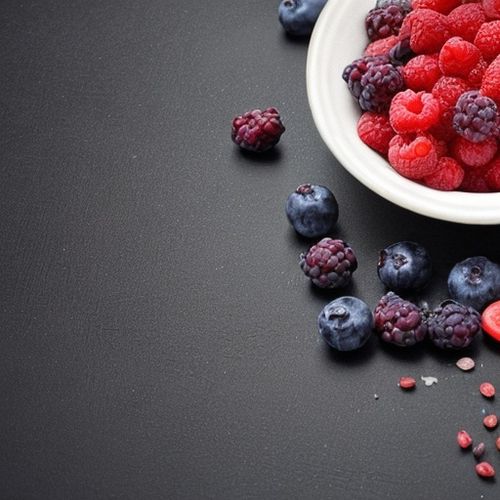
By Amanda Phillips/Apr 9, 2025

By James Moore/Apr 9, 2025
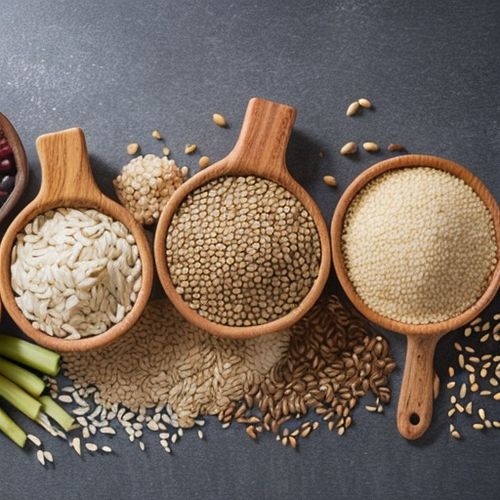
By William Miller/Apr 9, 2025
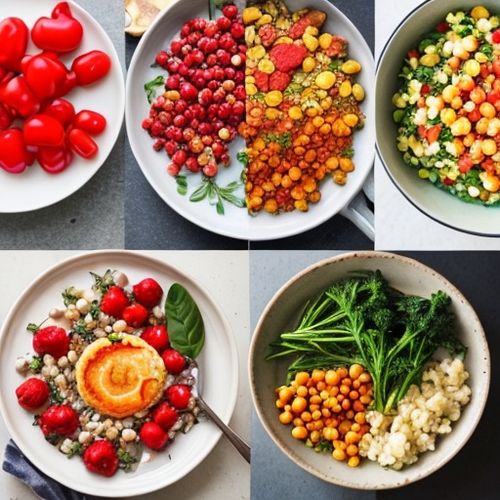
By John Smith/Apr 9, 2025
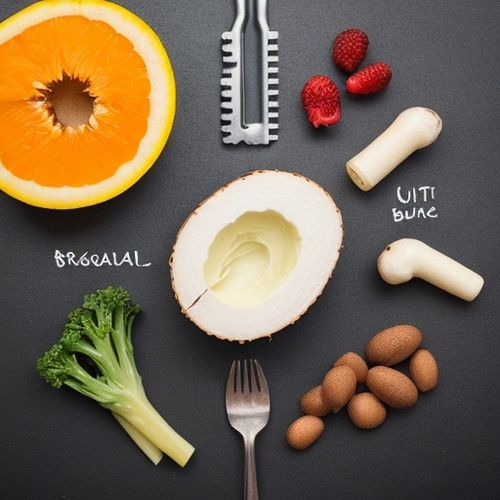
By Eric Ward/Apr 9, 2025
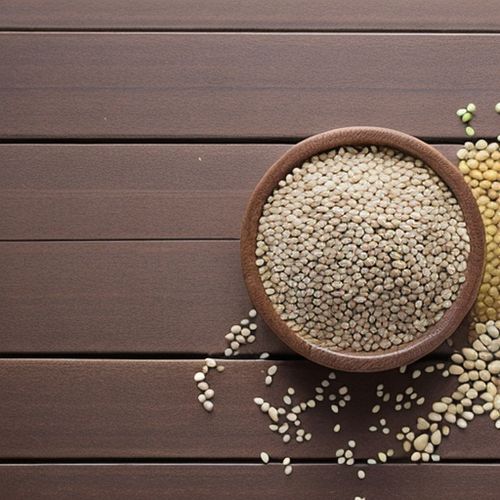
By Emma Thompson/Apr 9, 2025
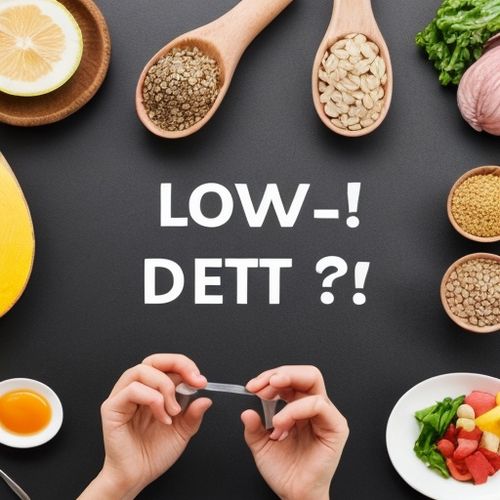
By Samuel Cooper/Apr 9, 2025
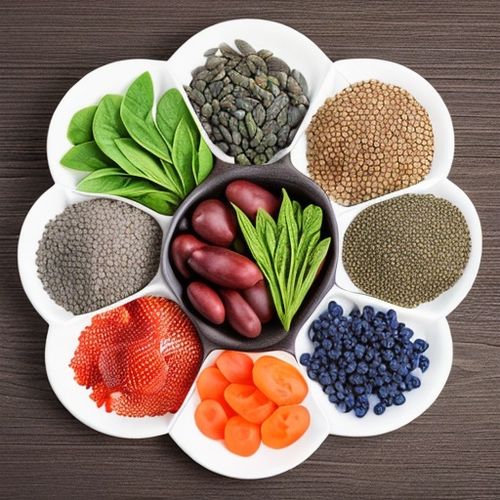
By Lily Simpson/Apr 9, 2025
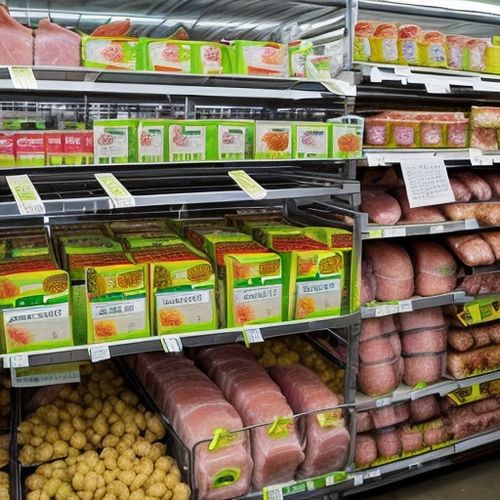
By David Anderson/Apr 9, 2025

By Megan Clark/Apr 9, 2025